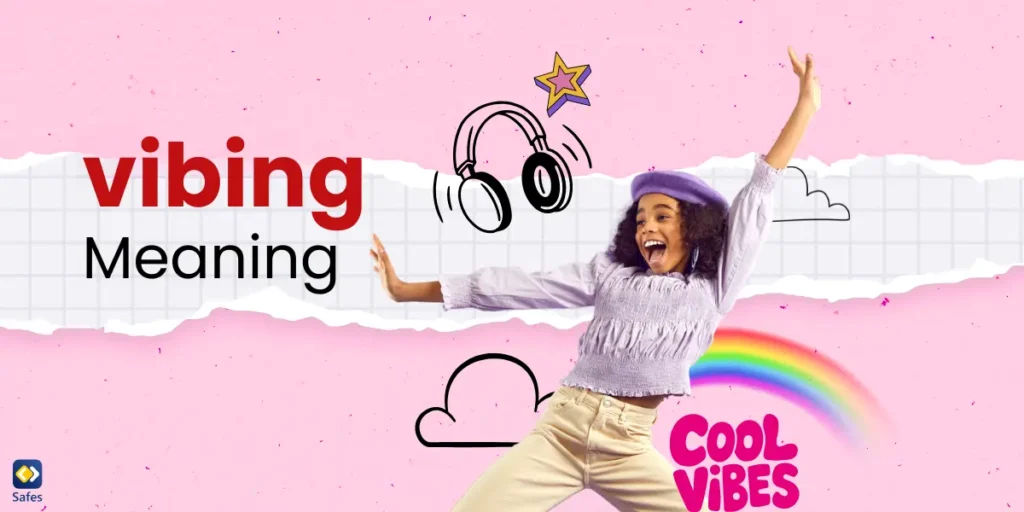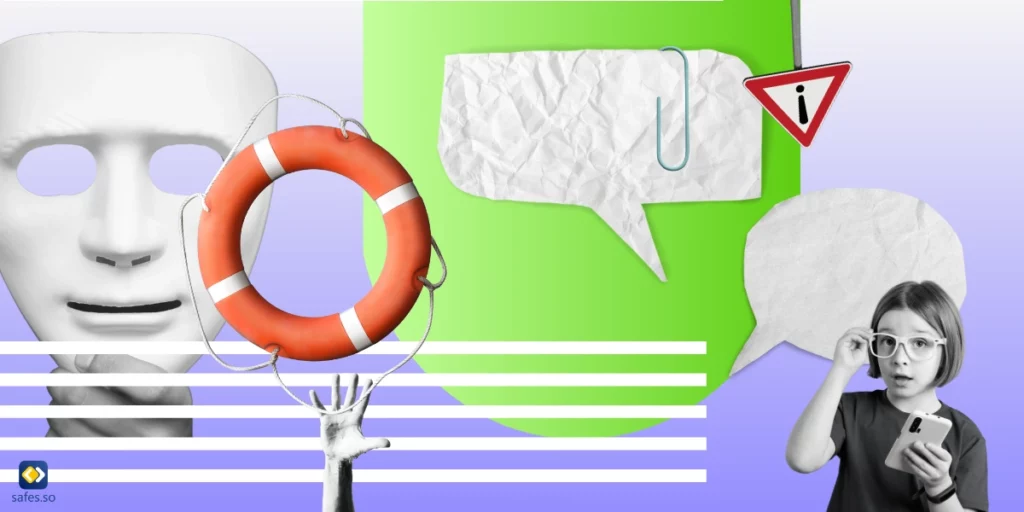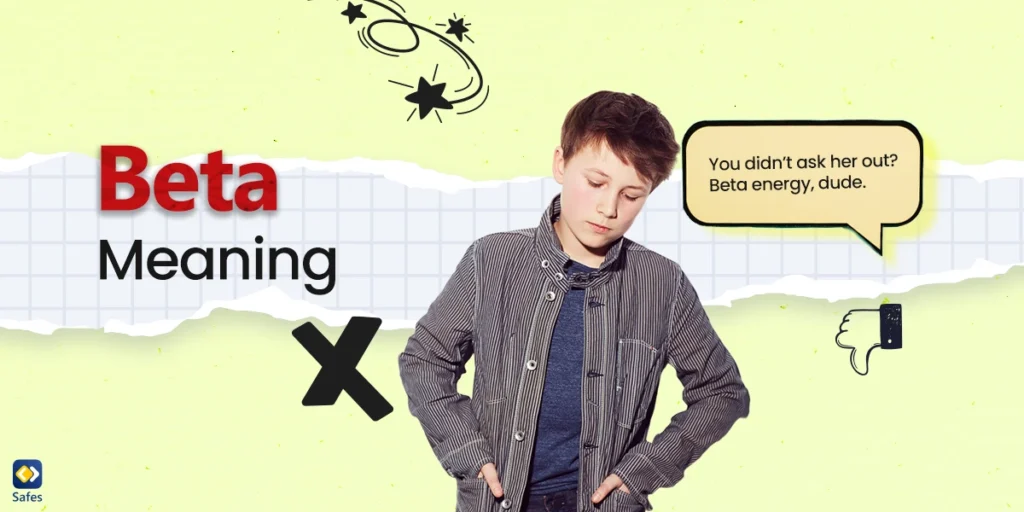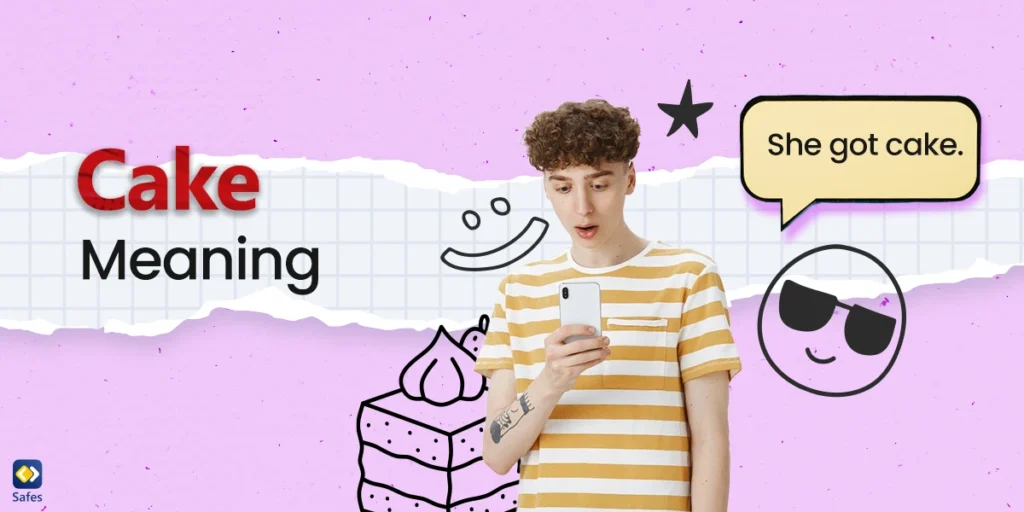Ever caught your teen saying they’re “vibing” and wondered if you should be concerned or just let it slide? The truth is, vibing is one of those chill, feel-good slang terms that’s taken over teen talk, texts, and social media. In this blog, we’ll break down the meaning of vibing, explain variations like “vibing with someone” and “vibing and thriving,” and give you insight on how it’s used across different platforms. Plus, we’ll cover what it means for online safety and how tools can help you stay in the loop.
Download and Start Your Free Trial of the Safes Parental Control App
What Does Vibing Mean?
“Vibing” is one of those words that’s made its way into everyday conversation, especially among teens and younger adults. At its core, vibing means enjoying the moment or connecting with someone or something on a good, often unspoken level. Think of it as a mix of feeling relaxed, in sync, and just going with the flow. For example, if your teen says they were “just vibing with friends,” it usually means they were hanging out, enjoying each other’s company without needing to do anything special.
Variations of Vibing and What They Mean
- Vibing with someone: This means getting along well or feeling a connection with someone. It’s often used to describe a mutual understanding or chemistry, whether it’s romantic, platonic, or just a shared sense of humor.
- Vibing and thriving: A playful way of saying someone is doing well and enjoying life. It’s a phrase that captures feeling good mentally, emotionally, and maybe even physically.
- Vibin’: A more casual spelling of vibing, often used in texting or social media. The meaning stays the same but the tone feels even more relaxed.
- Catching a vibe: Picking up on the mood or atmosphere of a place or person. For instance, “I walked into the room and immediately caught a weird vibe” means something felt off.
- The vibe was off: Used to describe situations where something didn’t feel right. It’s about sensing tension, discomfort, or awkwardness without anyone having to say it outright.
- Good vibes only: A popular phrase that means someone wants to keep things positive and stress-free. It’s often used to set a light, happy tone in social settings or online posts.
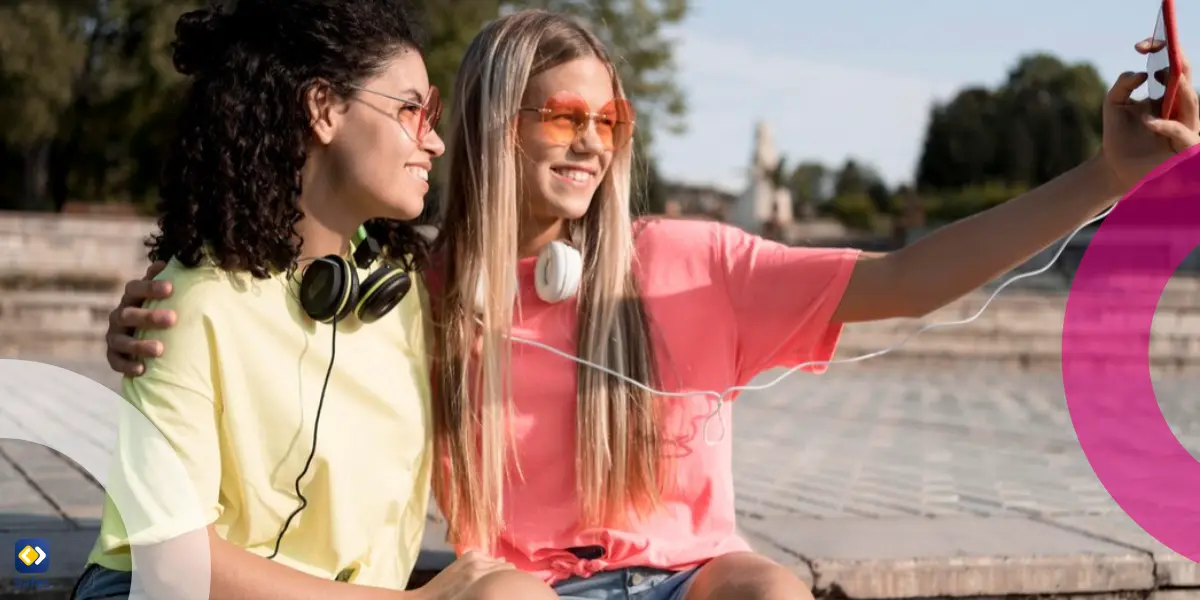
How It’s Used in Real Digital Interactions
When teens say they’re “vibing,” it’s usually meant in a light, laid-back, and positive way. You might see texts like “just vibin rn” (translation: just relaxing right now) or “we were vibing all night” after a hangout session. On social media, it’s common in captions or comments. Someone might post a sunset photo with “vibes” or a video of themselves listening to music, writing “vibing hard to this track.” The tone can range from genuinely chill to slightly ironic, depending on the context. In gaming chats, a player might say “I’m vibing with this team” to show they’re enjoying the group’s energy or teamwork. It can also be used sarcastically. For example, if someone’s clearly annoyed but says, “Yeah, totally vibing with this lag,” they’re likely expressing frustration in a sarcastic, humorous way.
Platform-Specific Usage
- TikTok: “Vibing” is popular here, especially in videos focused on music, dance, or aesthetic content. Hashtags like #vibing or #goodvibes are often used when people want to show off a relaxing or feel-good moment. It’s currently trending in videos like chill playlists, daily routines, and lighthearted memes.
- Snapchat: You might see “vibing” in text overlays on selfies or Bitmoji stories. Phrases like “vibing solo tonight” are often sent to close friends and reflect casual updates or moods.
- Discord: In chats or voice channels, especially in gaming communities, “vibing” can describe a fun, relaxed session. It’s used when the music is good, the conversation is smooth, or the game is going well. It signals that the group dynamic feels easy and enjoyable.
- Instagram: On this platform, it’s more about the vibe of the image or video itself. You’ll often see captions like “vibe check” or “good vibes only” paired with aesthetic content, from sunset pics to cozy indoor scenes. It’s about curating a mood that feels effortlessly cool or calming.
- Gaming Chats: In multiplayer games, someone might say “vibing in the back” to mean they’re just chilling and not trying too hard, or “you’re killing the vibe” if someone is being negative or disruptive. The tone is usually playful, but it can also be a subtle way to tell someone to relax.
Risk Level Indicator (Parent Alert System)
🟢 Green – Harmless everyday slang
“Vibing” falls solidly in the green zone. It’s a harmless piece of everyday slang that teens use to describe feeling good, relaxed, or in sync. Most of the time, it simply means your child is enjoying themselves or connecting well with others. While it can sometimes be used in flirty or slightly sarcastic ways, it’s not inherently risky or inappropriate. There’s no strong link between this word and concerning behavior, so if you see it pop up in texts or social media, there’s usually no need to worry.
Trend Tracker: Is It Still Relevant?
📉 Fading – was big, but is declining
As of April 2025, the slang term “vibing” is experiencing a decline in popularity among teens and young adults. While it remains in use, especially in casual conversations and social media captions, newer expressions have emerged that resonate more with the current digital culture. Terms like “vibe lag,” describing a mismatch between one’s mood and the surrounding energy, and “brain rot,” referring to the effects of consuming low-quality online content, have gained popularity. Additionally, phrases such as “rizz” and “delulu” are now more prevalent in online interactions. Parents might still encounter “vibing” in their children’s communications, but it’s no longer at the forefront of teen vernacular.
![]()
Online Safety Considerations
The term vibing is not directly linked to any harmful or concerning online behaviors. It’s generally used to express a positive mood, a sense of connection, or simply enjoying the moment. That said, like many slang terms, it can show up in different contexts, some more mature or suggestive than others. For example, when someone says they’re “vibing with someone,” it might refer to a genuine friendship or, in some cases, hint at a romantic or flirty dynamic. In most cases, though, it’s lighthearted and part of normal teen communication.
For parents, this can be a great opportunity to start a conversation rather than jump to conclusions. If you see your child using the word often, consider asking what vibing means to them. Creating space for open and judgment-free conversations is one of the best ways to stay informed about their online world.
Can Parental Controls Help?
Absolutely. While “vibing” itself isn’t a red flag, the platforms it’s used on, like TikTok, Discord, or Snapchat, can expose kids to less age-appropriate content. Using Android parental controls or a reliable multi-platform solution like the Safes parental control app can help you monitor screen time, filter content, and set healthy digital boundaries on both Android and iOS devices.
Try Safes for free and take the first step toward building a safer digital space for your child.
Conclusion
In 2025, the slang term vibing still carries a mostly harmless and positive meaning, often tied to feeling relaxed, connected, or simply enjoying the moment. Though its popularity may be fading compared to past years, it remains a familiar expression in texts, social media captions, and gaming chats. Whether it’s “vibing with someone,” “vibing and thriving,” or just plain “vibin’,” this slang is generally nothing to worry about. The best thing parents can do is stay curious, ask their kids what it means to them, and use these conversations to build trust. And with tools like the Safes parental control, you can help create a safer digital environment for your child.
Your Child’s Online Safety Starts Here
Every parent today needs a solution to manage screen time and keep their child safe online.
Without the right tools, digital risks and excessive screen time can impact children's well-being. Safes helps parents set healthy boundaries, monitor activity, and protect kids from online dangers—all with an easy-to-use app.
Take control of your child’s digital world. Learn more about Safes or download the app to start your free trial today!
